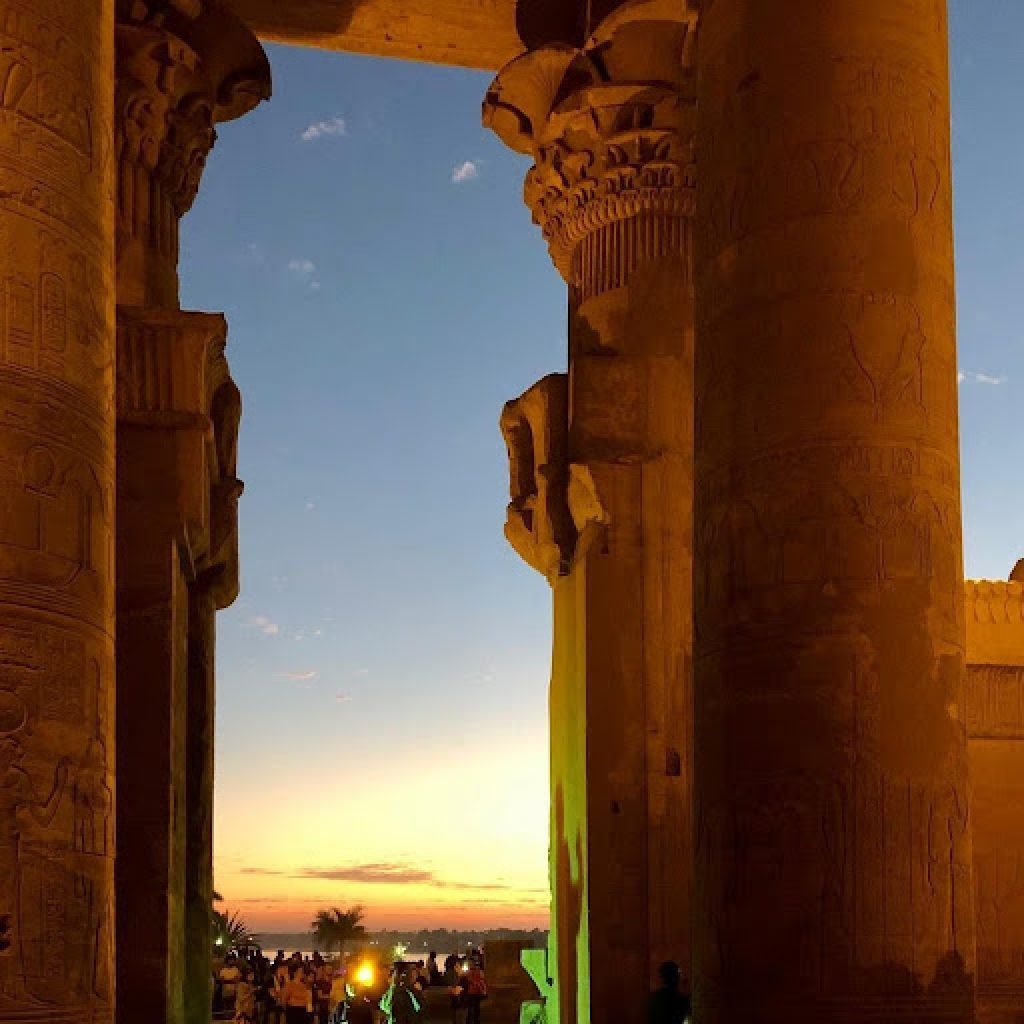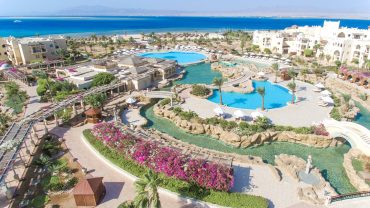
The name “Kom Ombo” came from two parts; The first part is “Kom” meaning a hill, and the second “Ambo” is a distortion of “Anbu” or “Nebo” meaning gold, as this area used to control the roads leading to the gold mines, as it was known in Egyptian texts as “Ba-Sobek,” meaning the headquarters of Sobek. Who has been worshiped since pre-dynastic times.
The Temple of Kom Ombo is located on a high hill, overlooking the eastern bank of the Nile.

The walls of this temple are decorated with a purely Egyptian ornament, characterized by its precision and good harmony, and the beauty of its balance between the characters of its scenes and the hieroglyphic inscriptions that complement these scenes.
The temple was also distinguished by a set of important scenes, including the division of the temple with the knowledge of the goddess Maat, the goddess of truth and justice, and also a set of surgical and medical tools, and a list of holidays held in the temple.
This temple was built during the reign of Ptolemy VI Philometor, but its decoration was not completed until the Roman era, during the time of Emperor Tiberius. We also see in this temple the same characteristics that we find in other Ptolemaic Egyptian temples in terms of design, architecture and decoration. Local worship in the place, where people used to worship two local deities, Sobek and Horus with the falcon-headed, and despite the difference between these two deities in origin and in character, they lived side by side for many centuries without mixing or pairing with each other, and therefore it is not found in This temple has two sanctuaries adjacent to the sanctuaries only, but also on the axis of each of these two sanctuaries there are doors next to each other, in the outer wall and in the walls of the two pillared halls and beyond. Accordingly, the temple is divided into two parts, each dedicated to the worship of one of these two deities.




Comment (0)